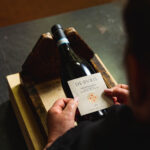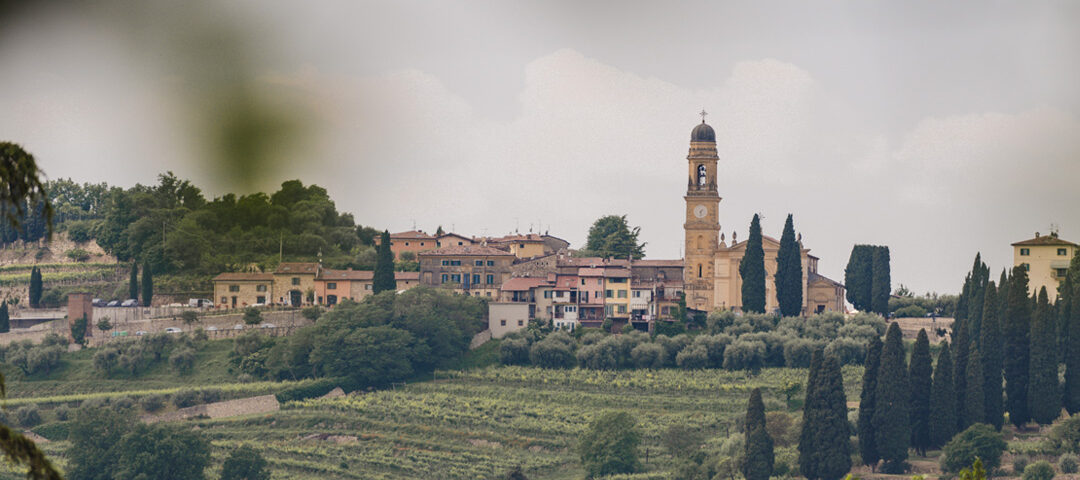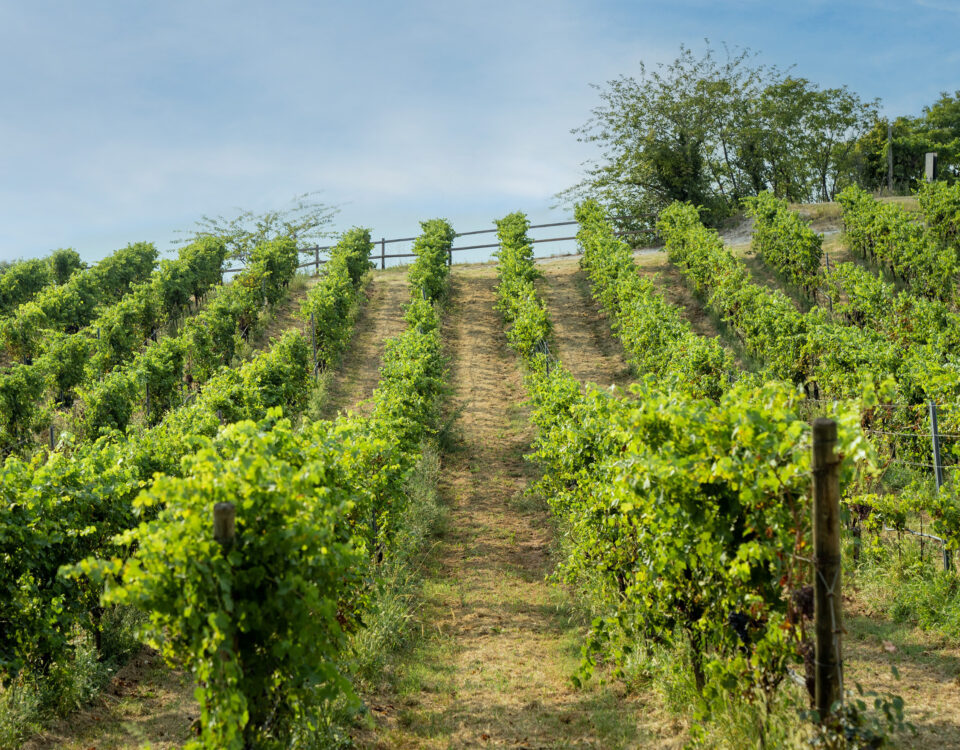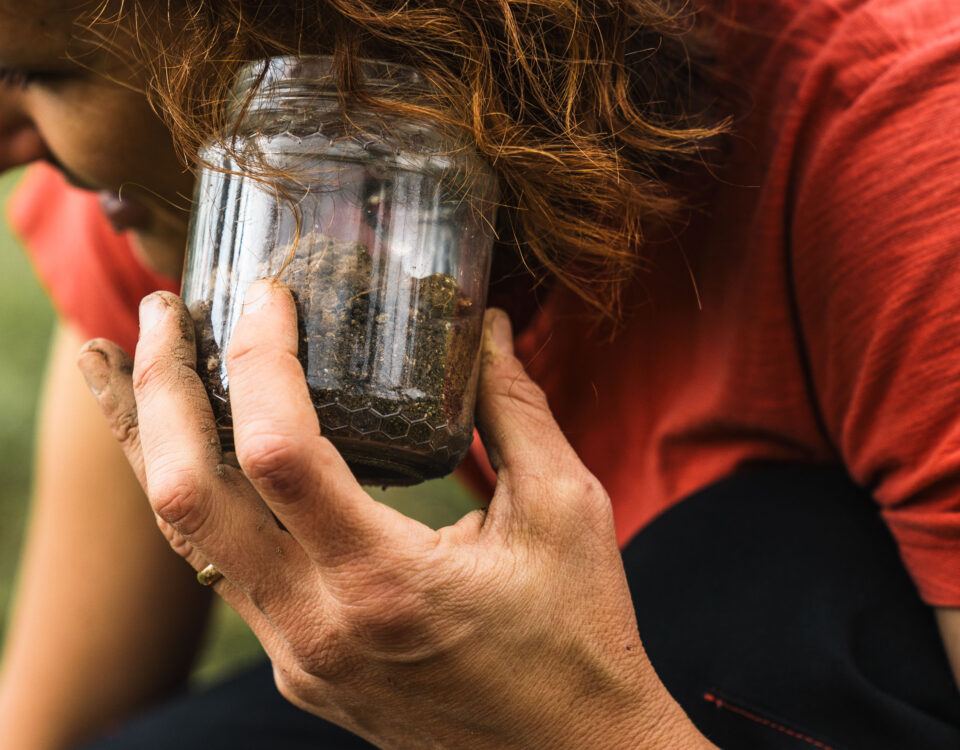
Valpolicella Superiore De Buris 2017
11 June 2024
Groletta: Soil Analysis
1 August 2024Valpolicella, located northwest of Verona, enchants with its fusion of natural beauty, millennia-old history, and artisanal traditions. This territory, spanning around 240 km², is bordered by the Adige River and the Eastern Prealps, and its complex geological history began millions of years ago.
A Land Forged by Time
The geological formation of Valpolicella dates back to a period between 250 and 65 million years ago. Originally submerged by the Tethys Sea, which stretched from the Sahara to the Arctic Circle, it underwent significant tectonic changes that led to its emergence and current shaping. Marine deposits settled, while underwater volcanic eruptions helped separate the stratifications. About 30 million years ago, during the end of the Tertiary Era, the sea floor began to rise due to tectonic forces from within the Earth. The last 25 million years have seen orogenic processes and other geological events sculpting the valleys and shaping the territory as we know it today. The Quaternary Era, which began around a million years ago, saw the appearance of modern animals and humans. Valpolicella is not a valley in a strict sense, as its waters flow downhill from three main collectors (primarily the Negrar, Marano, and Fumane streams) and about twenty other minor streams. Human intervention has further modified the landscape with stepped terraces and dry stone walls known as “marogne,” making the terrain suitable for vine cultivation and other crops.
Traces of the Past: From Prehistoric Times to the Roman Period
The oldest human traces in Valpolicella date back to about 115,000 years ago, with around 70 prehistoric archaeological sites identified. The Paleolithic, Neolithic, and Chalcolithic inhabitants were hunters, gatherers, and stoneworkers, exploiting local natural resources. In the 6th-4th century BC, during protohistory, organized villages developed, with the Rhaeto-Etruscan population beginning practices of agriculture and livestock farming. One of the significant discoveries was made in the locality of Archi di Castelrotto, where over 1,500 seeds of Vitis Vinifera Sativa were found, proving that grapes were cultivated, harvested, and fermented in ancient times. Before the arrival of the Romans at the end of the 1st century BC, the Pagus Arusnatium formed an organized community that spanned much of Valpolicella. The Romans allowed it a certain degree of administrative autonomy. These inhabitants were engaged in stone and iron extraction, house construction, cereal cultivation, and viticulture.
Classical Valpolicella: From the Roman Period to the Present Day
Over the centuries, a constant theme intertwining the history of Valpolicella has been the dedication to vine cultivation and wine production. During the Roman period, Valpolicella was known for producing Retic wine, which continued to spread. In the period of the barbarian invasions, with Ostrogoth king Theodoric, Valpolicella was appreciated for its fertility and sweet wine, known as “Acinatico.” The Lombards left numerous toponyms and cultural influences, but it was in the Middle Ages that the name “Valpolicella” was officially coined. More precisely in 1177 by Frederick Barbarossa, with the name encompassing the geographic nature of the area. The name derives from the Latin term “Pullum,” indicating fertile alluvial formations. In 1313, the County of Valpolicella was established under Frederick II of Hohenstaufen. From 1404 to 1797, Valpolicella experienced a period of relative progress under privileges granted by the Venetian Republic. The economy was based on agriculture, river commerce, and family-based craftsmanship particularly in stone processing, textiles, and viniculture. After the Venetian dominance, the Napoleonic and Austrian periods saw the region subjected to looting and forced conscriptions, recovering during the Lombardy-Venetia Kingdom (1814-1866). Finally, the unification of Italy, particularly from the 1960s onwards, saw the territory gradually undergoing industrialization that spared no sector.
A Life Marked by the Seasons and Work in the Fields
Life was marked by the rhythm of church bells and religious festivals that signaled the key dates of the agricultural year. These included:
– February 2: “Seriòla,” marking the end of winter.
– February 14: St. Valentine, start of vine pruning.
– April 12: St. Zeno, incubation of silkworm seeds.
– June 29: St. Peter, fruit ripening period.
– August 16: St. Rocco, walnut harvesting.
– First Sunday of October: Our Lady of the Rosary, start of the grape harvest.
– November 25: St. Catherine, start of olive picking.
Agriculture produced cereals, fodder, legumes, fruits, and grapes used to produce table wine and sweet wine, known as Recioto from the 19th century. Artisanal production included stone processing, silk spinning, and boat building.
DE BURIS: The Luxury of Time
Time has forged Valpolicella with its rich history and traditions. A slow progression through geological eras has created the ideal conditions for a unique terroir, like the high-end De Buris project by the Tommasi family. De Buris is the luxury of time; it is the passing of seasons that marks wine maturation, where each bottle of Amarone della Valpolicella Riserva or Valpolicella Classico Superiore tells a story of territory, time, and commitment, embodying the authentic essence of this extraordinary land.
Discover our history and our wines.



